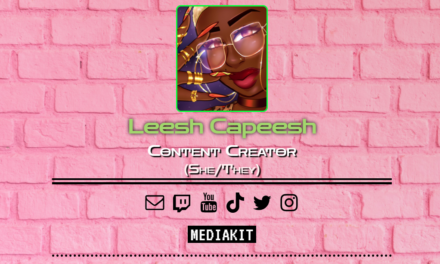During the past couple of years increasing numbers of commentators form the academic and commercial sectors have begun to realize that social media is mass media. This has been less a recognition of the mass adoption of social media technology than a deeper understanding of the way in which social media technology has come to function in society. Initially it appeared that the advent of social media would inaugurate a new media paradigm – one in which users would dominate while corporations and other commercial interests, whose absolute control characterized hitherto existing mass media, would be relegated to a subordinate role. However it has become increasingly apparent, especially in the last two-three years, that social media is more a permutation of mass media than an alternative to it. While this realization might come as somewhat of a disappointment to media democracy advocates, it is certainly good news for marketers.
In the academic arena, one of the leading voices proclaiming this new realization has been José van Dijck, a professor of comparative media studies at the University of Amsterdam. In her recent book, The Culture of Connectivity: A Critical History of Social Media, professor van Dijk analyzes how social media has evolved since its initial rise to prominence. Beginning as a fragmented ecosystem of user-controlled networks, social media has transformed into a landscape dominated by a few major players (e.g., Facebook, Google, and Twitter) that heavily influence the configuration of user networks using algorithms driven by economic imperatives as much as by user preferences.
Initially consisting almost exclusively of user-generated content, social media is now largely comprised of professionally generated content from major brand manufacturers and mass media conglomerates. In fact, the way in which social media is now thoroughly enmeshed in all mass media has functioned more to enhance mass media and perpetuate its supremacy rather than disrupt it. Virtually all web content now includes social media “like” and “share” buttons, while all billboard, print, radio and TV ads now refer the public to Facebook pages, Twitter handles, and Youtube channels. In this new environment, professor van Daijk argues, the idea that social media is an alternative to or even separate from mass media no longer corresponds to reality.
In the marketing realm, Dr. Karen Nelson-Field and her colleagues at the Ehrenberg-Bass Institute have been urging advertisers to take a modified approach to social media. Instead of focusing on growing fans and followers and engaging them on an individual level, Dr. Field and her colleagues recommend that advertisers concentrate on expanding the reach of their social media content, just as they do in the case of other forms of mass media:
“Facebook is becoming more and more like traditional media. It may be time for advertisers to move on from worrying about how many fans they have to instead explore how many category buyers Facebook can reach, for what cost, and to what effect.”
The fact that social media is mass media has positive implications for marketers. It means that there is less of a mystery to social media marketing than many marketers were previously led to believe. It’s now clear that, while the user experience in social media is indeed novel, the ultimate aim of the advertiser remains the same as in mass media – namely to expand reach as much as possible among existing and potential buyers. Furthermore, with the economics of social media increasingly resembling those of traditional mass media, advertisers can be sure that marketing opportunities will continue to expand across the social media landscape. In an ironic twist social media, just as the traditional mass media that preceded it, appears to be more a utopia for marketers than for users.






